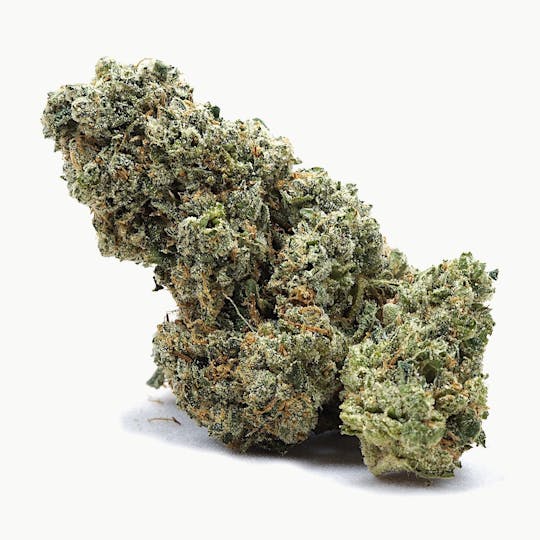
Durban Poison | Indoor
Durban Poison is a world famous Sativa strain that originated from the South African port city of Durban. We were very lucky to get our hands on this cut, because nowadays it is not very common to find original strains like Durban Poison since most genetics have been crossed. Since this strain's discovery, this popular sativa has been cross bred to create some of your favorite strains. This is a true sativa, great for daytime and functional smokers who want to feel uplifted and energetic. With its pine aroma and tasty flavors this is a strain we highly recommend. This particular batch was grown indoors using organic nutrient solutions. Users will not need to smoke a lot to get the full experience because this batch tested very high in THC. High Tide always practices sustainability in all of our farming practices because we love our planet!
- Earthy
- Woody
- Spicy/Herbal
High Tide Organics has been cultivating medical marijuana and providing caregiver services since 2003. HTO provides patients with the highest quality medical cannabis in the industry. Our menu features only top shelf product, and all our medical grade flower is grown organically at our own Indoor Genetics Facility. Cultivating our own flower ensures quality control and guarantees that all our patients receive fresh cannabis harvested with love! 🌱
Durban Poison has deep roots in the Sativa landrace gene pool. The strain’s historic phenotypes were first noticed in the late 1970s by one of America’s first International strain hunters, Ed Rosenthal. According to cultivation legend, Rosenthal was in South Africa in search of new genetics and ran across a fast flowering strain in the port city of Durban. After arriving home in the U.S., Rosenthal conducted his own selective breeding process on his recently imported seeds, then begin sharing. Rosenthal gave Mel Frank some of his new South African seeds, and the rest was cannabis history.
Frank, who wrote the “Marijuana Grower’s Guide Deluxe" in 1978, modified the gene pool to increase resin content and decrease the flowering time. In search of a short-season varietal that could hit full maturation on the U.S. East Coast, Frank’s crossbreeding efforts resulted in two distinct phenotypes, the “A” line and “B” line. The plant from Frank’s “A” line became today’s Durban Poison, while the “B” line was handed off to Amsterdam breeder David Watson, also known as “Sam the Skunkman.”
Durban Poison has a dense, compact bud structure that’s typical of landrace Indica varieties, but the flowers’ elongated and conical shape is more characteristic of a Sativa.